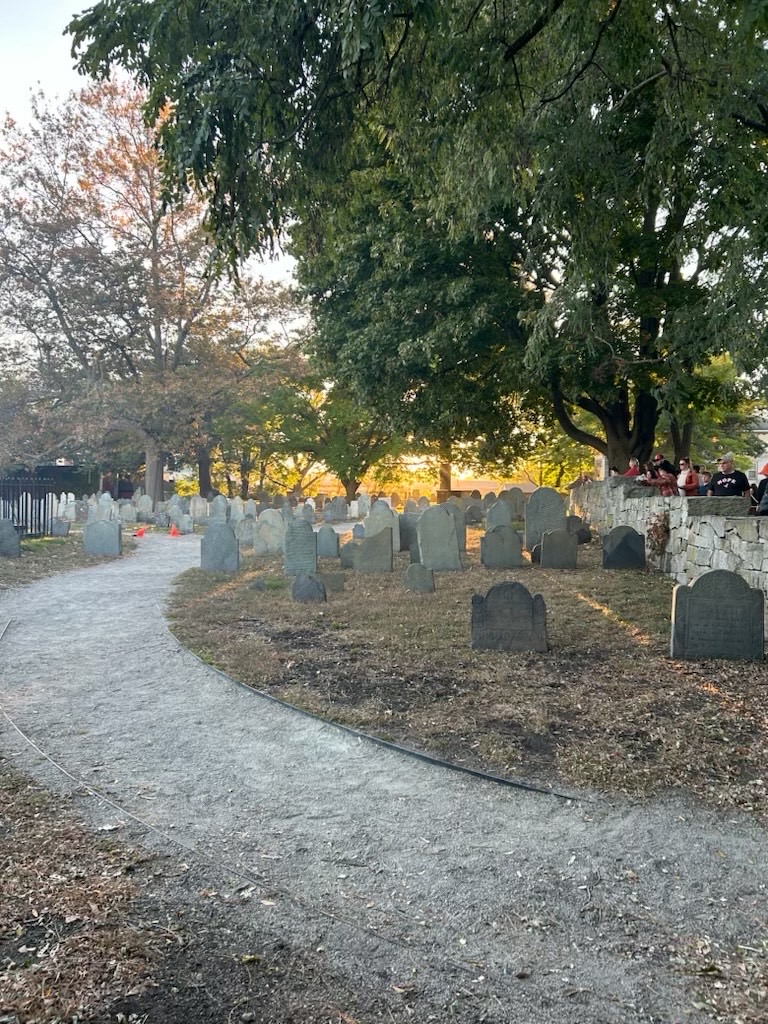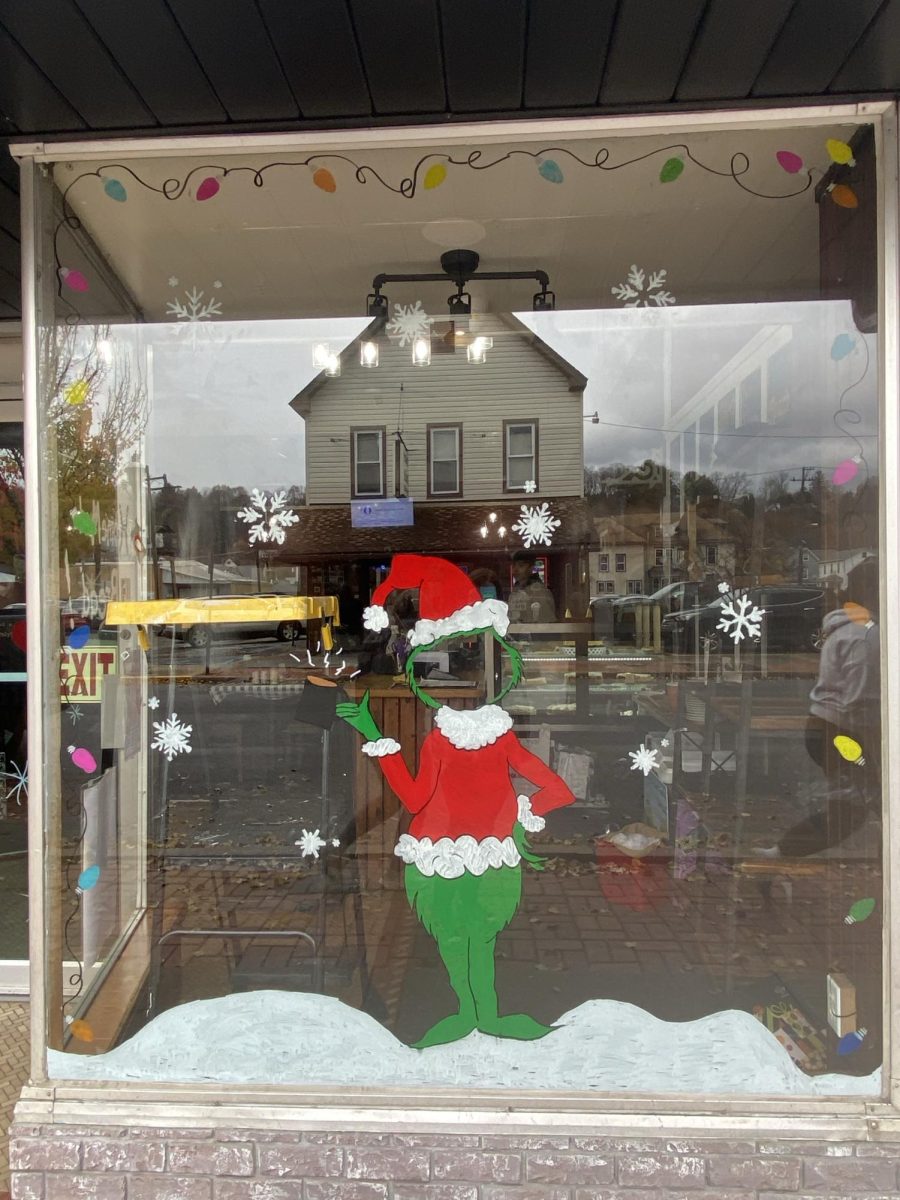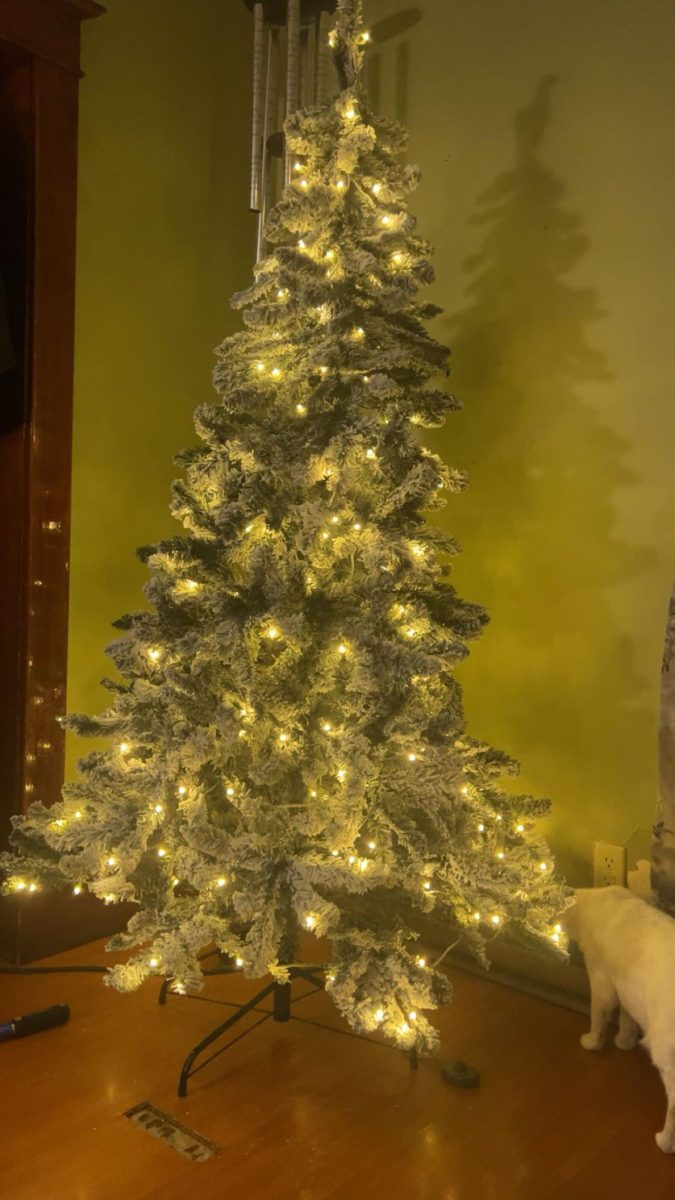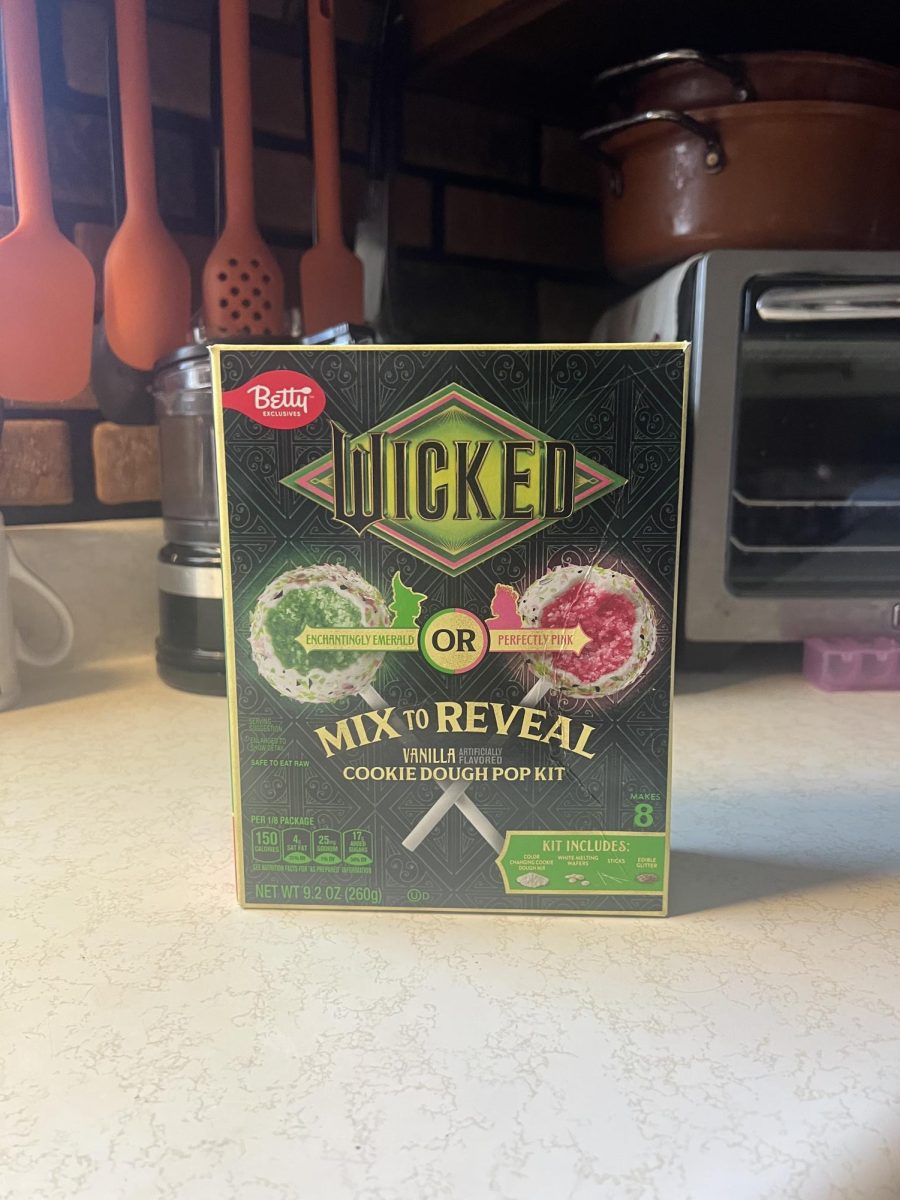Those who appreciate horror and dark themes find the discussion of the Salem Witch trials to be a common point for a pique in interest. Because of a growing appreciation for Halloween, the events of 1692 bring prosperity to the city during the fall season. The pilgrims used religion and intolerance to create a more gruesome story than you might want to believe, which happens to be why the city has grown into an iconic tourist destination for especially women and alternative people. Recently, I had the opportunity to see the environment, attractions, and culture of this historic site.
The experience began with a tour of the city, which is small and timeworn. I noticed the eroded stone paths and an abundance of trees. Moving toward a center point, I faced a line of witch-shops, boutiques, and merchandise stores. Halloween costumes and the color black crowded a plaza matching the paths. Nearby stands a graveyard for the casualties. Next to it are concrete protrusions with names engraved in them, and people pay their respects with small items like flowers, change, seashells, and feathers. The only standing structure with direct ties to the trials earned the name of witch house since the home once harbored fatal arrest warrants of many. Black wood makes up the boxy structure of this manor, giving it an eerie style that ironically contrasts with the implications.
My party briefly entered the Peabody Essex Museum, a building which towers over the plaza with tall glass for a façade. Inside provided one gallery for the witch trials. There, you can see written documents and items from the period. There is also a wall depicting victims’ names and cause of death. The vast museum occupies the space with varieties of compelling artwork. Moving on, we attended a small crowd for a live magic show. This was less off-putting when I learned that it marketed as mentalism, which focuses on psychology. It was also horror themed for the occasion. One engagement with a haunted house was a part of the plan, but spontaneously finding one more was consolation for a collective disappointment in the swiftness of the other attraction. I expected better haunted houses. Entertainment in Salem is surprisingly scarce.
Culture in Salem shows through the unique shopping experience. Small businesses make up the field, featuring hand-crafted items and merchandise that accurately appeal to the interests of consumers. I recall a record store amidst the broad selling of things such as tarot cards, jewelry, dark décor, and alternative clothing. These accommodations reflect the prevalence of Salem’s tragic foundation. To talk about food, we stumbled upon a place to eat called “Bit Bar.” Arcade games lined most of the walls, and the atmosphere was lively. Our dishes were nothing to write home about, but the experience attracts a diverse and profitable patronage. Later, The Satanic Temple held our visit. This all leads me to believe that the culture of Salem is unique and cultivating.
If Salem is on your bucket list, you are welcome for the personal guide of what to expect. Though it traffics ample commerce, the city has an air of reservation with the overhanging topic of death. My bounds could have been too limited, but I noted that there could be more options for activities outside of tours. The culture behind this expedition invites fans of history and horror to a real observation of the founding place for certain shared values today that spark conflict. Coming to Salem to learn its history proves meaningful in analyzing the blueprint of how we live. A reason for the density of goth expression comes from the similarities between Puritanism and life today, so taking part in the development of this location helps preserve the earliest instances of brutality in America to highlight major flaws of group thinking and strict norms. Whether you oppose or prefer dark commentary, I would recommend going to Salem, Massachusetts simply because it is such a significant archive.







